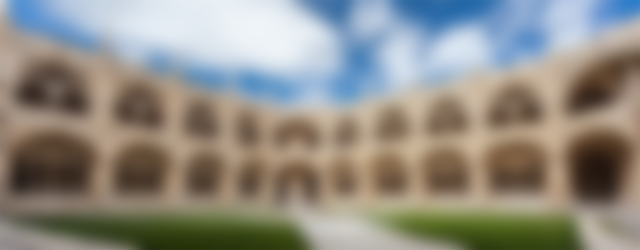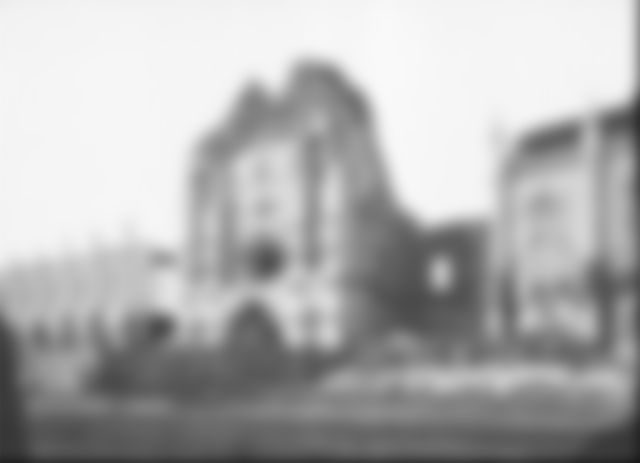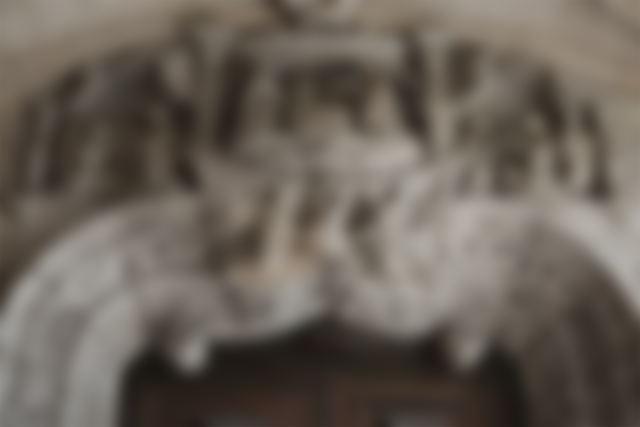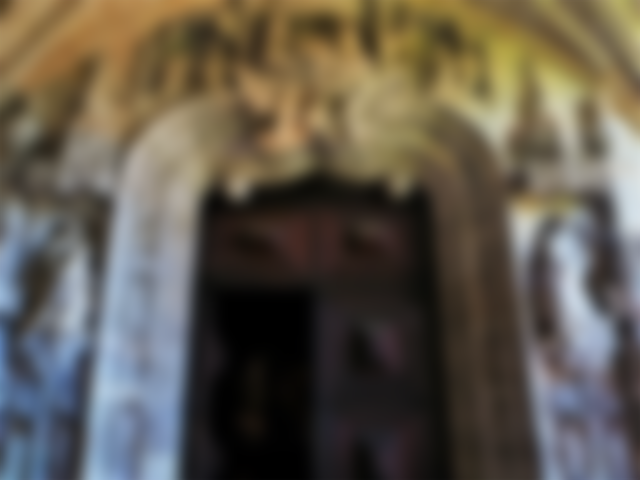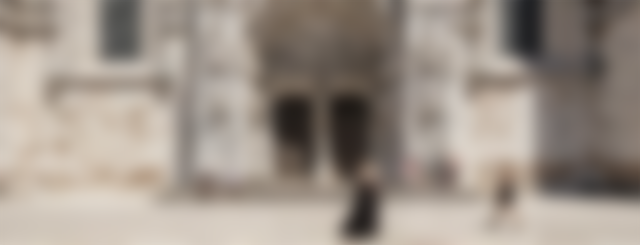The Jerónimos Monastery is one of the most beautiful and imposing examples of Manueline style.
Its construction began in 1502 with the sponsorship of King D. Manuel I of Portugal with the purpose of being consecrated to Santa Maria de Belém and to receive the community of friars of the Order of St. Jerome.
Construction of the Jerónimos Monastery
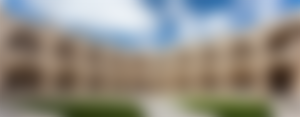
D. Manuel I decided that the Monastery would be built on the old beach of Restelo and delivered the work to Boitaca, architect who worked on the work until 1516. From the Boitaca project, we can highlight the various aspects of the Manueline style with an emblematic decoration of armillary spheres. and other realistic and naturalistic symbols such as the various ropes, cables, logs and roots found in the building.

From 1517 the work is delivered to the architect João Castilho who starts to develop in the project an artistic line that varies between the final Gothic style and the initial traces of the Renaissance style. Later, in the reign of D. João III new works, but these are already made within a more classic style.
The Lisbon Earthquake and the Jerónimos Monastery

Despite the great destruction caused to the city of Lisbon with the 1755 earthquake, in the case of the Jerónimos Monastery, probably due to its being built on sandy soil, the damage was not very large.
The monastery's main facilities, such as the church and its chancel, as well as its magnificent cloister managed to escape unharmed, and only the conventual part of the dormitories was severely damaged from this earthquake. Thus, in the nineteenth century, this part of the Monastery was deeply remodeled, eventually undergoing an atypical neo-Manueline revival. This area currently houses the National Archaeological Museum and the Navy Museum.
Characteristics of the Jerónimos Monastery

One of the artistic treasures of the religious building is its south door, designed by architect João de Castilho. It is a portal of remarkable elegance in which the tracery cut out of the Manueline motifs and the Renaissance sculpture are harmonized, and in it we can see the images of the Virgin under the central canopy, the sculptures of an apostolate and the statue of the Infante. D. Henrique

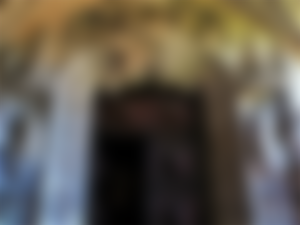
But the most remarkable sculptural ensemble of the Jerónimos Monastery is its west-facing axial door, with frames, archivolts and canopies populated with exceptional sculptural compositions relating to the life of Mary and Christ.

On either side of this portal we can find the sculptures of the sponsors of this masterpiece, D. Manuel I and D. Maria, kneeling in prayer. We can also visualize within this sculptural painting the images of a group of apostles and also of saints, including St. Vincent, patron of Lisbon and D. Fernando, the Holy Infant.

As for the church, its interior has a charming atmosphere that is accentuated by the serene luminosity that is filtered through the stained glass windows. It is divided into three ships of the same height that are separated by tall octagonal pillars filled with beautiful sculptural decoration.
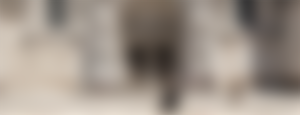
Yet another of the Monastery's magnificent dependencies is its octagon-shaped cloister, a Gothic-style masterpiece designed by Boitaca.

The name Jerónimos Monastery derives from the fact that it is a place of recollection and prayer for the monks of the order of St. Jerome. This monastery boasts the grandeur and luxury that the Kingdom of Portugal could afford on the sea routes to India that filled the coffers of the Kingdom.
In 1983, the Jeronimos Monastery and Belém Tower were classified by UNESCO as a World Heritage Site.


